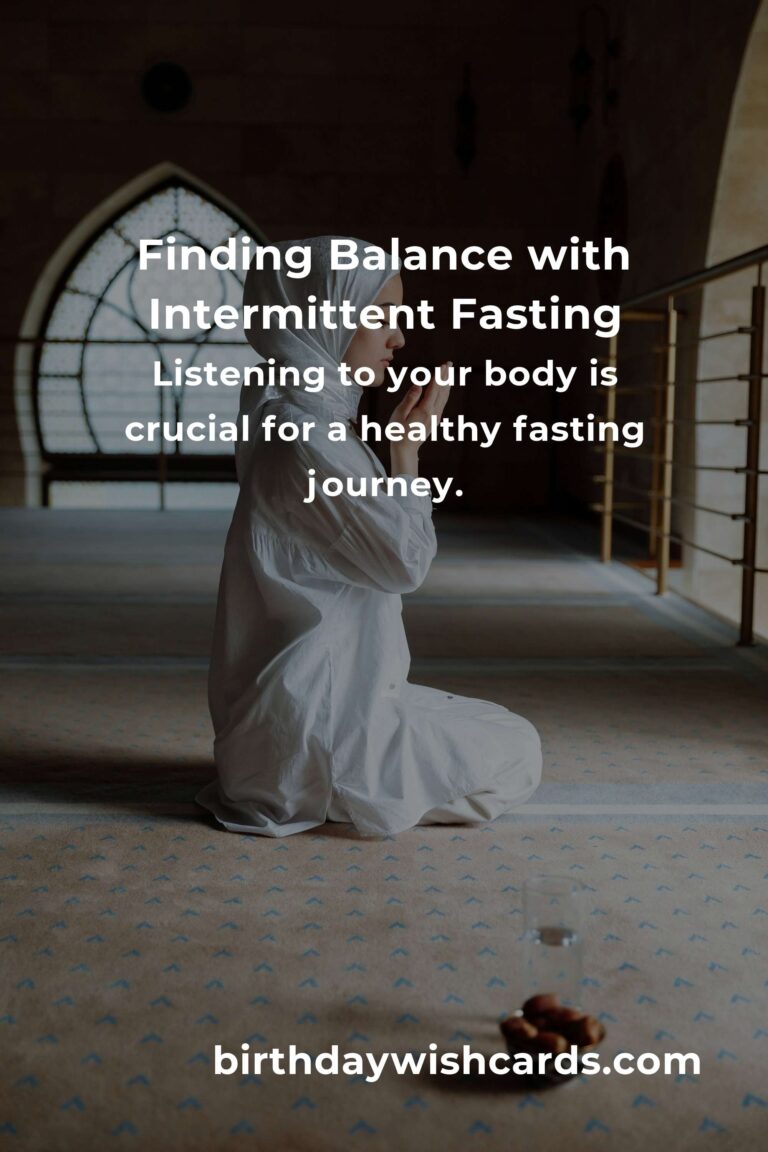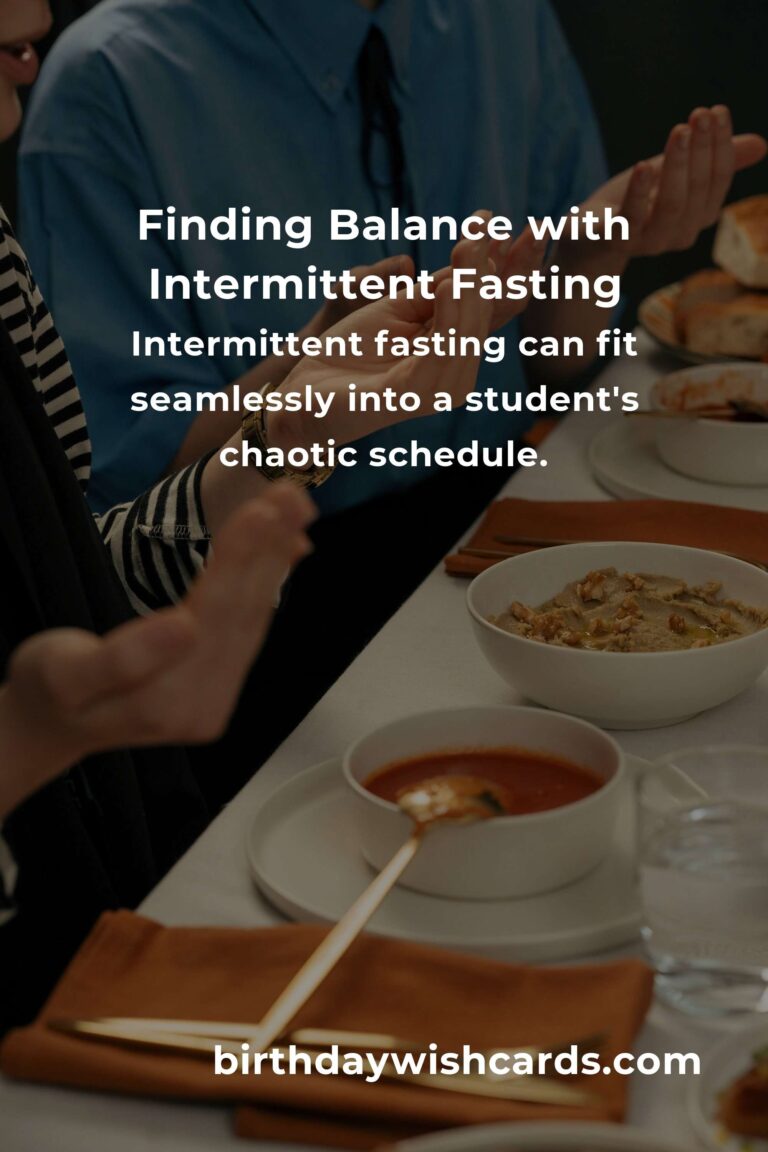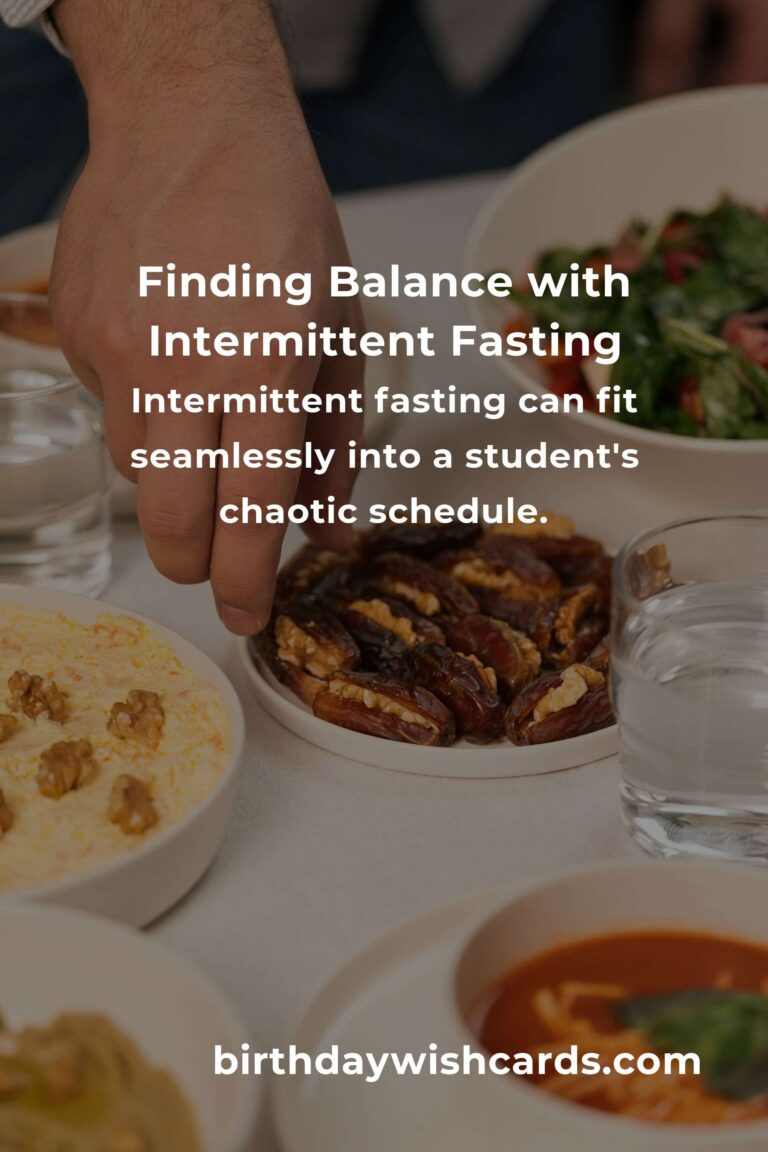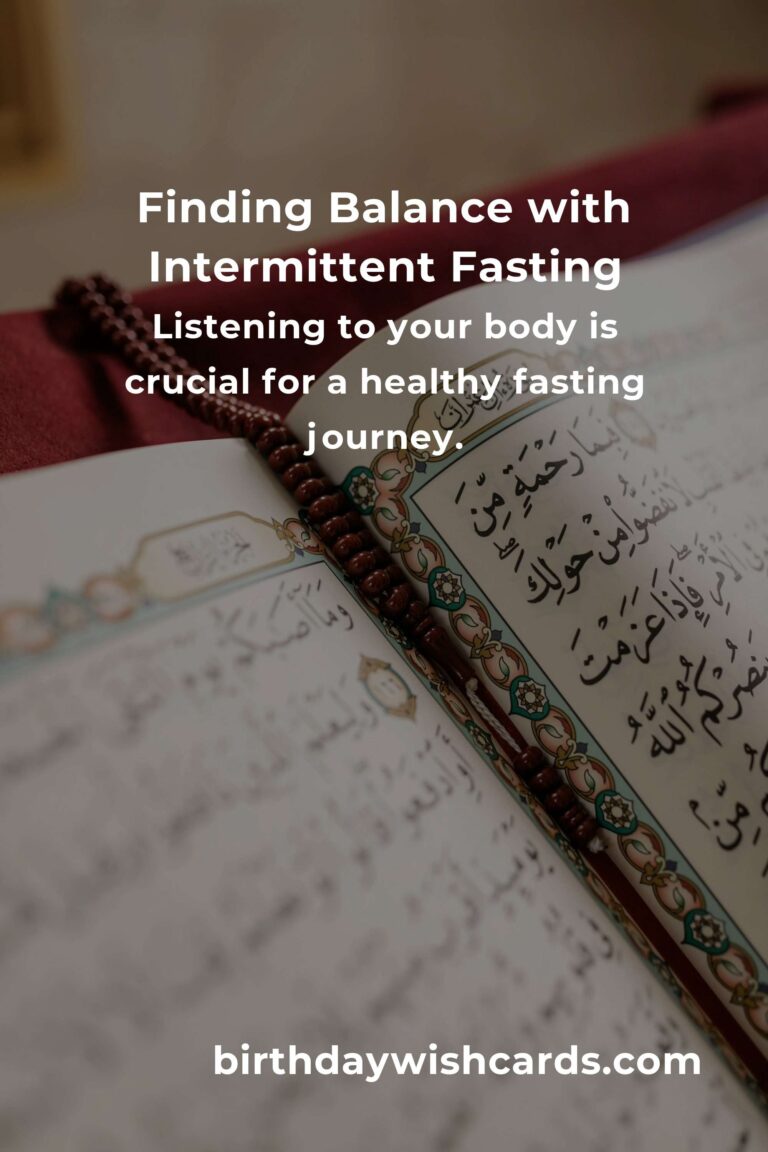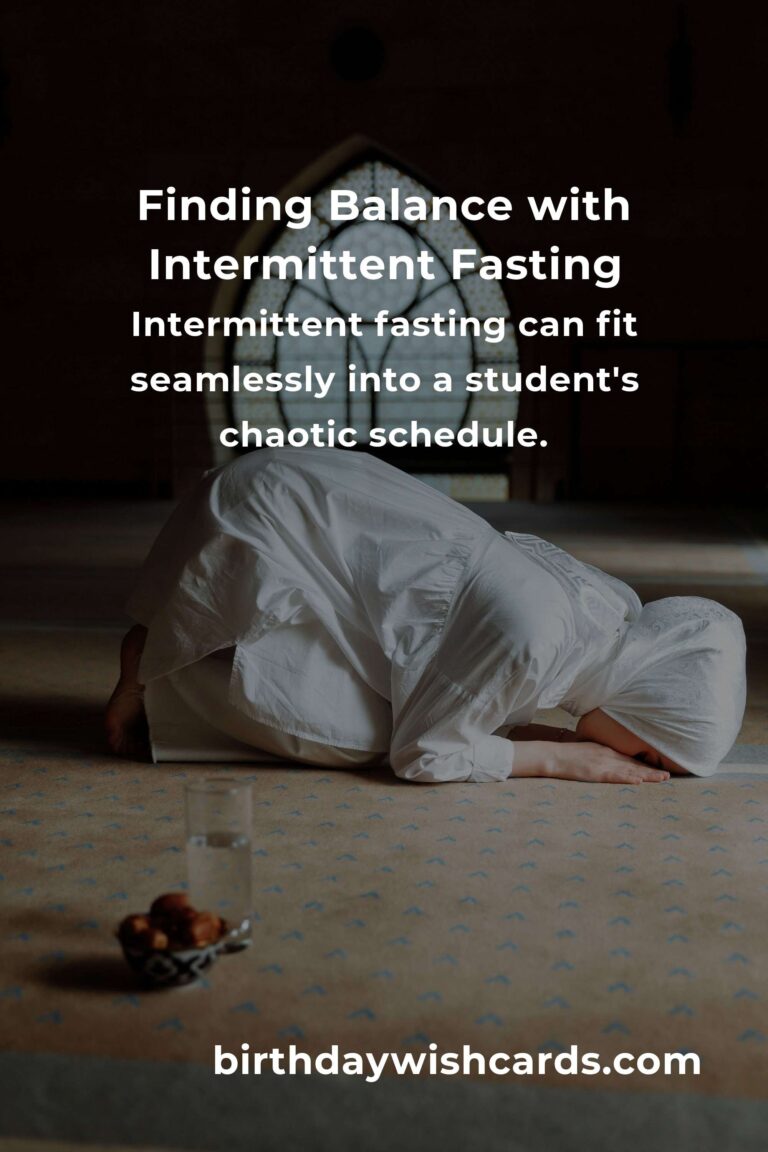
Life as a student is a whirlwind of classes, assignments, social commitments, and maybe even a part-time job. Amidst this chaos, maintaining a healthy lifestyle can feel like just another chore on an already overwhelming to-do list. However, integrating intermittent fasting into a busy schedule might be easier and more beneficial than you think. This article aims to offer a compassionate and practical guide to help you harness the power of intermittent fasting without sacrificing your student lifestyle.
Understanding Intermittent Fasting
First, let’s unravel what intermittent fasting (IF) actually is. At its core, intermittent fasting is an eating pattern that cycles between periods of fasting and eating. Unlike traditional diets, it doesn’t prescribe what you should eat but rather when you should eat. This makes it particularly adaptable to a busy student’s life, as it doesn’t involve complex meal planning or calorie counting.
The most popular methods include the 16/8 method (fasting for 16 hours and eating during an 8-hour window), the 5:2 method (eating normally for five days and restricting calories on two non-consecutive days), and the eat-stop-eat method (24-hour fasts once or twice a week). The 16/8 method is often the easiest for students to implement, as it can align with your natural daily rhythm.
Why Students Should Consider Intermittent Fasting
It’s no secret that students often resort to unhealthy eating habits due to time constraints and stress. Intermittent fasting can help regulate eating patterns, aiding in better digestion and improved energy levels. Imagine waking up for a morning class feeling refreshed, rather than sluggish from a late-night snack binge. Moreover, by reducing the time spent preparing and eating meals, you can free up more time for studying or leisure.
Getting Started: A Compassionate Approach
Starting intermittent fasting doesn’t have to be daunting. Begin by choosing a fasting method that aligns with your schedule. If you have classes and activities scattered throughout the day, the 16/8 method might be the most flexible. For instance, you could start eating at noon and finish by 8 PM, allowing you to have a hearty lunch, an afternoon snack, and a fulfilling dinner.
Remember, the goal is not to deprive yourself but to create a sustainable routine. It’s okay if you feel hungry at first; your body is adjusting. Stay hydrated with water, herbal teas, or black coffee during fasting periods to help curb hunger pangs.
Balancing Social Life and Fasting
As a student, your social life is just as important as your academics. Whether it’s a spontaneous dinner with friends or a late-night study session, flexibility is key. If an event coincides with your fasting window, don’t stress. It’s okay to adjust your fasting schedule occasionally. The beauty of intermittent fasting is its adaptability to real life.
Overcoming Challenges
Every new habit comes with challenges. You might encounter peer pressure, hunger pangs, or even skepticism from others. Approach these challenges with empathy and understanding. Communicate your goals with friends and find a community of like-minded individuals who support your fasting journey. Online forums and social media groups can be great resources for advice and motivation.
Listening to Your Body
Your body is your best guide. If you ever feel dizzy, overly fatigued, or unwell, it’s important to listen and adjust your fasting routine accordingly. Intermittent fasting is a tool for wellness, not a rigid rulebook. Prioritize your health and well-being above all.
The Emotional Rewards
Intermittent fasting offers more than just physical benefits; it can also provide emotional rewards. The discipline of fasting can enhance your mental clarity, boost your confidence, and foster a sense of accomplishment. As your energy levels stabilize, you may find yourself more present and engaged in both your studies and social life.
Conclusion: A Balanced Approach
Intermittent fasting can be a powerful strategy for busy students seeking balance and wellness. By embracing a flexible and compassionate approach, you can integrate this practice into your life without stress or disruption. Remember, it’s not about perfection; it’s about progress and finding what works best for you. Your journey towards health is personal and unique, and every step you take is a step toward a more balanced, fulfilling student life.
Intermittent fasting can fit seamlessly into a student’s chaotic schedule.
The 16/8 method is often the most adaptable for students.
Intermittent fasting improves energy levels and digestion.
Flexibility is key when balancing intermittent fasting with social life.
Listening to your body is crucial for a healthy fasting journey.
#IntermittentFasting #StudentWellness #HealthyHabits #BalanceAndWellbeing


